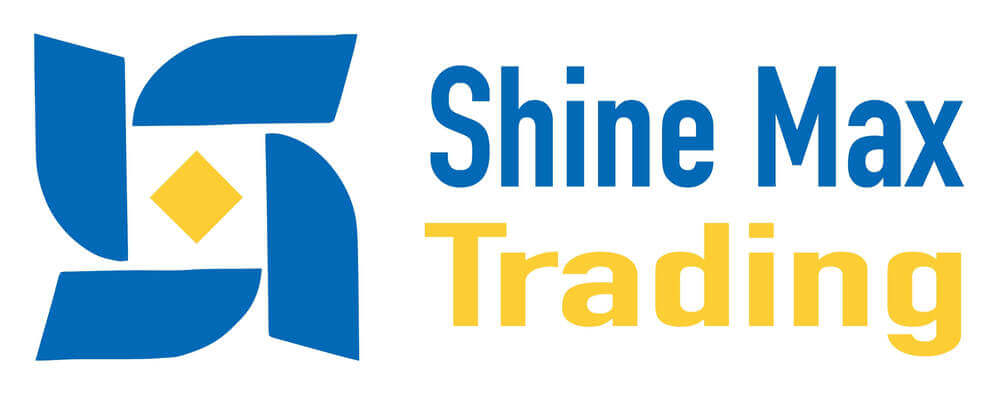
Inflation alert from Fed policymakers suggests rate cuts may be delayed amidst tariff-driven price concerns and a resilient labor market. The Fed faces a difficult choice in balancing inflation and employment risks.
As global economic uncertainty intensifies, the Federal Reserve's monetary policy movements have become a market focal point. Recent remarks by two Fed policymakers indicate that the risk of rising inflation is considered a more pressing issue than a slowing labor market, a view that could mean the Fed will maintain its current high-interest rate policy for longer.
Fed Policymakers' Inflation Concerns
Kugler: Upside Inflation Risk Requires Greater Vigilance
Fed Governor Philip Jefferson explicitly stated in a speech at the New York Economic Club on Thursday (June 5th) that the current upside risks to inflation far outweigh the downside risks to employment and economic growth. She noted that the recent implementation of tariff policies has begun to push up prices, and while the economy shows signs of cooling, there are no significant signs of a slowdown yet. Kugler emphasized that if upside inflationary pressures persist, she would support the Federal Open Market Committee (FOMC) in continuing to maintain the current policy rate, that is, the target range of 4.25%-4.50%. She also specifically mentioned that the Trump administration's proposed immigration restrictions and tax cut bills could further exacerbate inflationary pressures. Non-partisan analysts estimate that these policies will add at least $2.4 trillion to the US government's existing $36.2 trillion debt, while a reduction in immigration could lead to labor shortages in industries such as construction and agriculture, thereby pushing up wages and prices.
Schmid: Tariffs Push Up Prices in the Short Term
Kansas City Fed President Jeffrey Schmid expressed optimism about the economy's resilience in a speech on the same day, believing that the US economy is likely to avoid recession, as it has recently. However, he also expressed concern about the inflationary impact of tariff policies. Schmid pointed out that in the coming months, tariffs may lead to price increases, but the specific magnitude is uncertain, and their impact may take some time to fully materialize. He stated that the extent to which tariffs will drag on economic growth and employment is unclear, but their short-term inflationary push is more significant. This cautious statement reflects the Fed's internal emphasis on the inflation issue.
Upcoming Economic Data Under Close Scrutiny
Non-Farm Payrolls Report: Labor Market Remains Robust
The US Department of Labor will release the highly anticipated May non-farm payrolls report on Friday. Market expectations indicate that the unemployment rate in May will remain stable at 4.2% for the third consecutive month, with an estimated 130,000 new jobs added. While this figure is lower than April's 177,000, it is still well above the roughly 100,000 increase considered a healthy indicator for the labor market. This suggests that despite signs of cooling, the labor market remains resilient, providing support for the Fed to maintain its current interest rate policy.
Consumer Price Index: Inflation May Accelerate Again
The May Consumer Price Index (CPI) data, to be released next Wednesday, is expected to show inflation re-accelerating. Recently, the impact of comprehensive tariff policies has gradually become apparent. Although some tariffs have been suspended, the rise in goods and services prices has begun to be reflected in the data. Notably, the Fed's closely watched inflation indicator—the Personal Consumption Expenditures (PCE) price index—rose 2.1% year-over-year in April, only slightly above the 2% target level. This means that while inflation has cooled somewhat, it is still not fully stable, and external factors such as tariffs may further push up prices.
Divergent Views Within the Fed
Powell and Waller: Balancing Inflation and Employment Risks
Not all Fed policymakers view inflation as the primary risk. Fed Chair Jerome Powell previously stated that current robust job market growth and some retreat in inflation provide the Fed with room to patiently observe the economic situation. He believes that inflation and employment risks are roughly equivalent, and the Fed does not need to rush to adjust policy. Similarly, Fed Governor Christopher Waller tends to "look through" tariff-driven short-term price increases and advocates for initiating rate cuts when the labor market needs support in the second half of the year. This view contrasts sharply with the positions of Kugler and Schmid, highlighting the divergence in policy direction within the Fed.
Harker: Economic Resilience Coexists with Uncertainty
Philadelphia Fed President Patrick Harker, who is set to retire at the end of this month, holds a more neutral stance. He stated that the US economy continues to show strong resilience, with no fundamental cracks appearing yet. However, he also acknowledged that trade policies and other uncertainties have put some pressure on the economy. Harker emphasized that the Fed needs to closely monitor economic performance and await more data to clarify developments. His statement reflects the Fed's cautious approach in the face of a complex economic environment.
Fed Meeting Outlook and Market Expectations
June 17-18 Meeting: Rates Likely to Remain Unchanged
The Fed will hold its next meeting on June 17-18, and the market widely expects the policy rate target range to remain unchanged at 4.25%-4.50%. The remarks by Kugler and Schmid are important signals before the meeting's blackout period; their emphasis on inflation risks may further solidify market expectations for interest rate stability. However, the different voices within the Fed also indicate that the future policy path remains uncertain. Policymakers need to find a balance between their dual mandates of price stability and maximum employment, and external factors such as tariffs, immigration policies, and tax cut bills undoubtedly add complexity to this balance.
Long-Term Impact: Dual Pressure from Inflation and Debt
Kugler specifically mentioned that immigration restrictions could lead to a tightening labor market, particularly in industries reliant on immigrant labor such as construction and agriculture. While signs of rising wages are not yet obvious, this impact could gradually become apparent later in 2025 or early 2026. Furthermore, tax cut bills could further push up US government debt levels, increasing fiscal pressure. These factors could all pose challenges to inflation and economic stability in the future.
Conclusion: The Fed's Prudent Choice
Overall, the Fed is facing a complex situation with coexisting inflation and employment risks. Kugler and Schmid view inflation as the primary threat, advocating for maintaining high interest rates to curb price increases, while Powell, Waller, and Harker are more inclined to balance inflation and employment risks, maintaining policy flexibility. The upcoming non-farm payrolls report and CPI data will provide the Fed with more decision-making basis, and the June 17-18 meeting will be a key juncture for the market to observe the Fed's next move. Against the backdrop of increasing global economic uncertainty, the Fed's prudent choice will have a profound impact on the US and global economies.
-
1Micro-Trading Explained: A New Trend in Low-Threshold Investment26
-
2How to Go Long in Micro Trading: A Comprehensive Guide17
-
3Basic Questions14
-
4Platform Benefits13
-
5Account Management11
-
6Risk and Security11
-
7Other Questions11
-
8Fund Management10
-
9Education and Support10
-
10Trading Operations9

















